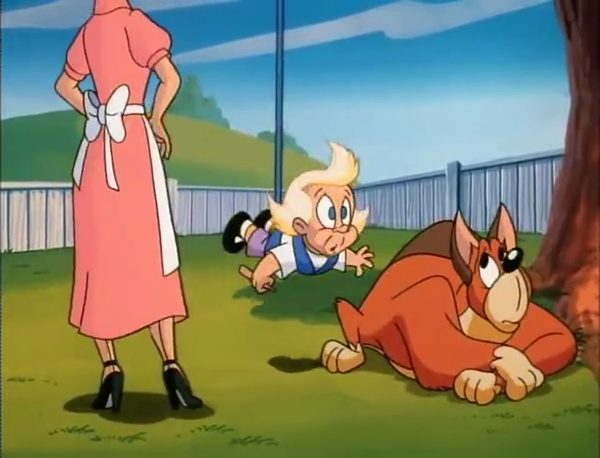
Get to the Root of Any Problem With This Simple Technique
Business, like life, is prone to problems. Sometimes things break, quality standards aren’t met, or promises don’t get delivered on. When these things happen, we know what to do: address the problems and find ways to prevent them from happening again.
But how?
There is a simple, but powerful, technique developed by the founder of Toyota Motor Corporation called The Five Whys. Using this technique is an effective way to route out the underlying cause when something goes wrong. It is a method for looking back through the chain of events that led to the outcome you are investigating. The idea is to approach the problem without any preconceptions or bias about what you think happened. But instead to follow an interrogation process to logically figure out the causes behind the outcome.
An example.
Here is a popular example of The Five Whys technique widely published online. (Original source unknown.)
Problem: Your client is refusing to pay for the leaflets you printed for them.
Why? The delivery was late, so the leaflets couldn’t be used.
Why? The job took longer than we anticipated.
Why? We ran out of printer ink.
Why? The ink was all used up on a big, last-minute order.
Why? We didn’t have enough in stock, and we couldn’t order it in quickly enough.
Counter-measure: We need to find a supplier who can deliver ink at very short notice.
See how that works? Asking why repeatedly is not just the domain of pesky toddlers trying to understand their world. Repeated whys are effective in business situations as well.
Some caveats.
While five times is generally sufficient to reach the root cause that you’re searching for, you may need to shorten or lengthen your inquiry. Sometimes with a simpler problem, you may uncover the root cause with only four questions. Conversely, for more complex problems you may need to continue the why train past the five times mark.
Another consideration is that the answers to each why may be subjective to the person answering. It is imperative to approach this technique as a logical function, leaving emotion or preconceived ideas out of the mix. One possible way to help keep the answers objective is to perform The Five Whys with input from multiple people. A committee approach can help weed out bias and fingerpointing and make your results more effective.
Because each sequential answer is the basis for the next question, your answers need to be as accurate and on-topic as possible. Another thing to consider is that your problem may have more than one root cause. In cases where this is true, it can be worthwhile to perform The Five Whys multiple times to track down those other underlying causes or consider using a more detailed cause mapping technique like a fishbone diagram.
The important part.
You probably noticed in the above example that the final piece was a counter-measure. Going through The Five Whys to determine the root cause of a problem helps you understand what ultimately caused your problem in the first place. But that understanding doesn’t do you any good unless you use it to take some sort of action to remedy it.
Once you have your cause, you can formulate a solution for fixing that thing. Correct the root cause and rest easy knowing that the next time the potential for this problem arises, you have a process in place to prevent it.

Leave a Reply